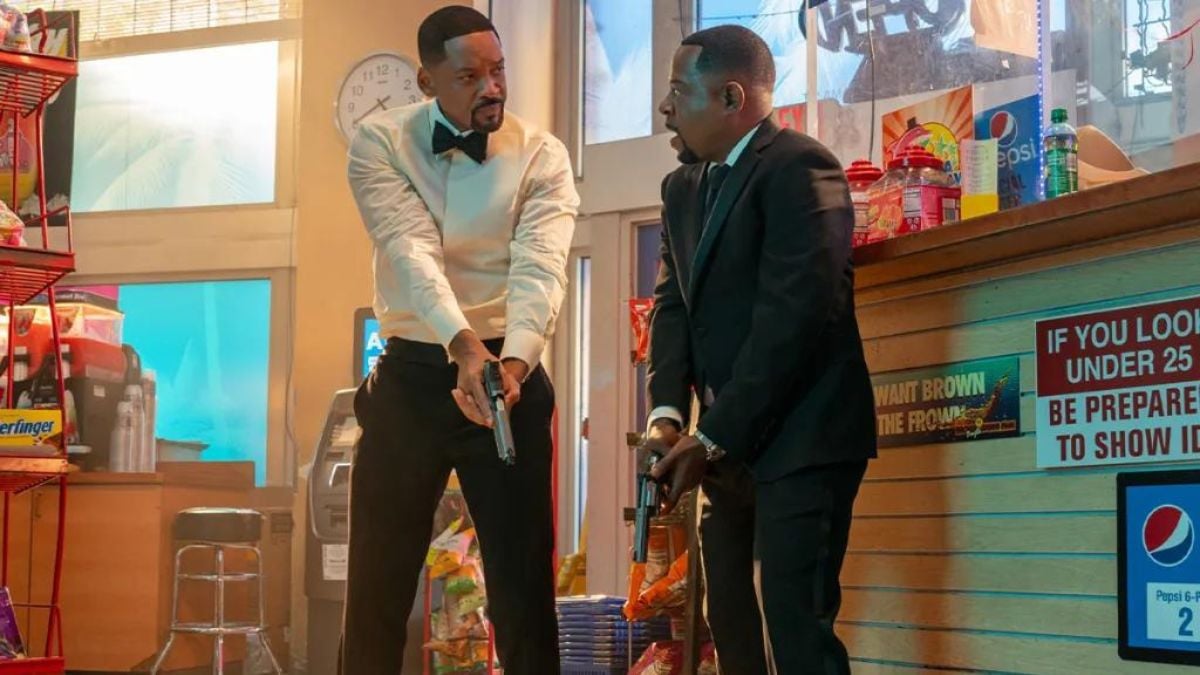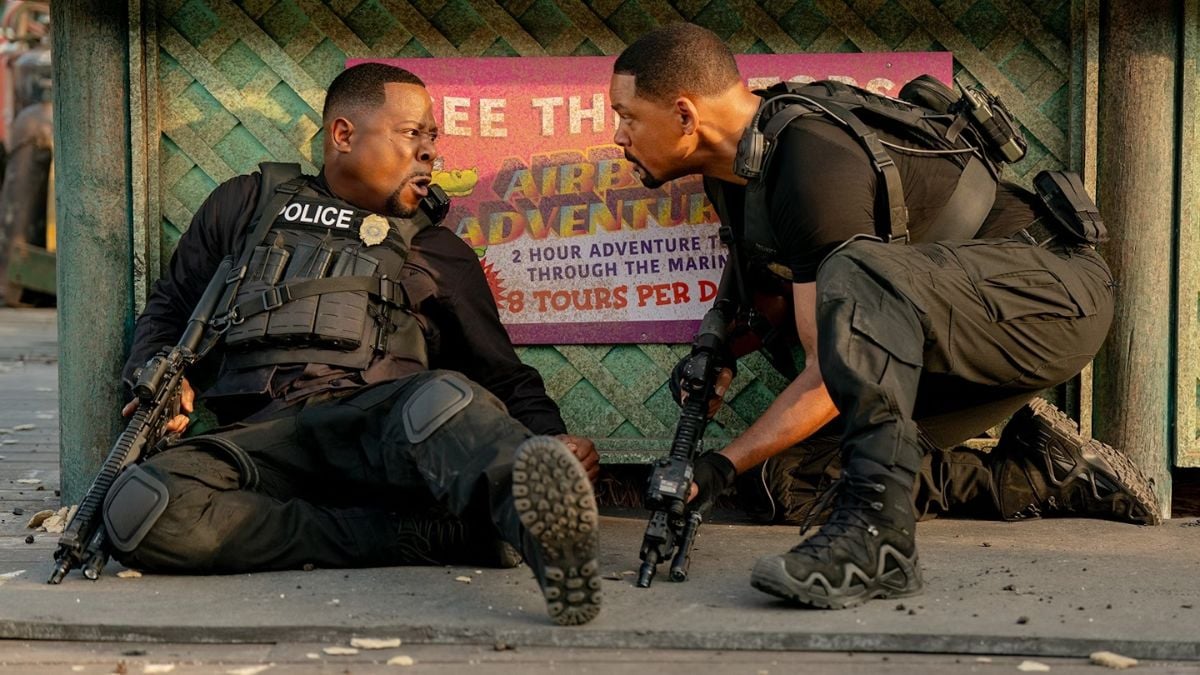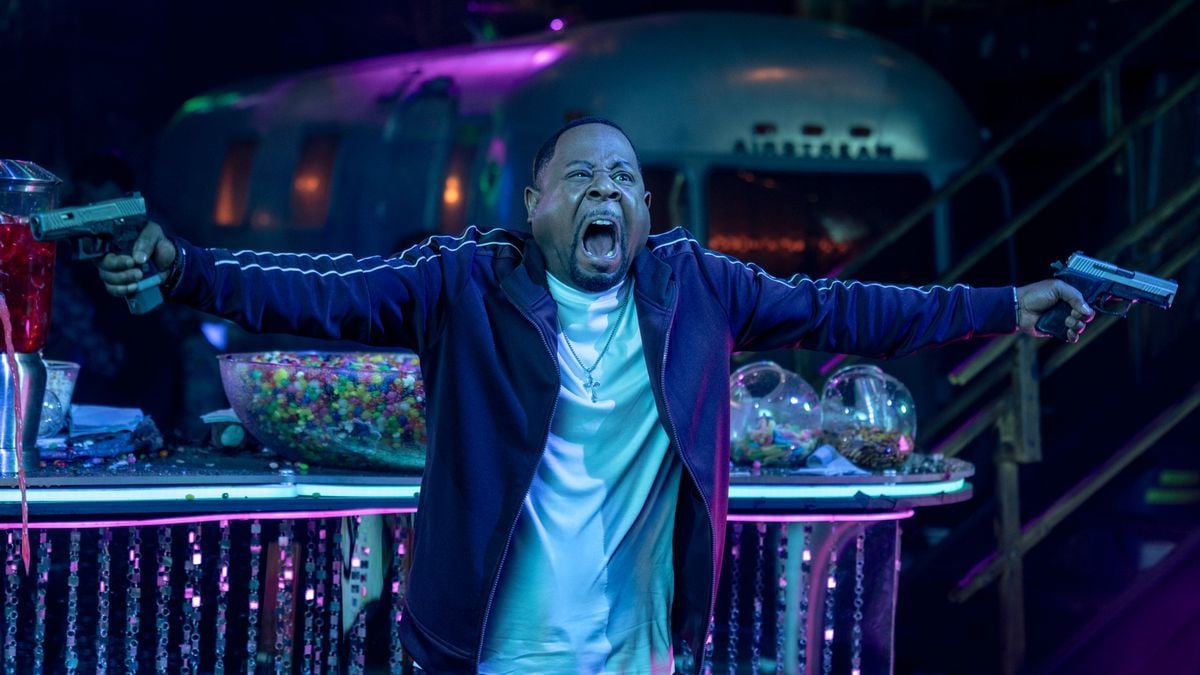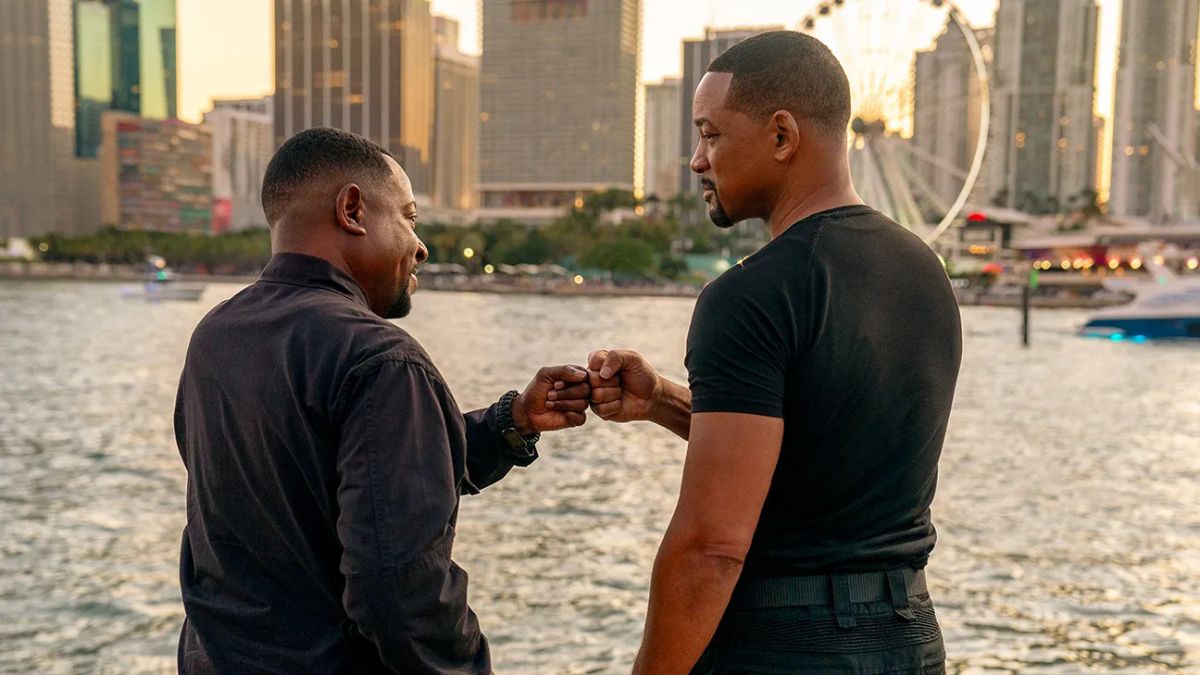The fourth entry in a successful franchise, Bad Boys: Ride or Die struggles to give moviegoers a reason to keep watching Will Smith and Martin Lawrence’s constant bickering.
The first two Bad Boys movies, released in 1995 and 2003, are standalone police stories. Each installment has a straightforward mystery to solve, and the only reason these movies are considered cult classics is due to the dynamics of their two lead stars. The third movie, Bad Boys for Life, tried to revive the franchise in 2020 by focusing on creative action set pieces and worldbuilding. Bad Boys for Life‘s critical and financial success led to Ride or Die, which goes all in on the game of nostalgia and self-reference.
Set after the events of Bad Boys for Life, Ride or Die follows Marcus (Lawrence) and Mike (Smith) as they adjust to a new police hierarchy. Both agents are still shaken after the death of Captain Conrad Howard (Joe Pantoliano) — by the hands of Mike’s long-lost son, no less. Plus, since Father Time has been knocking at their doors, the duo also needs to deal with health issues that come with their age.
There are some powerful themes to explore regarding Marcus and Mike’s realization that they are no longer young. However, instead of doing that, Ride or Die will use a near-death experience as a recurring joke and give all of its screen time to a half-baked police case that serves only to pay homage to the previous chapters of the franchise.
The story of Ride or Die kicks off when the late Captain Howard is framed as a mole who worked with the cartel to undermine Miami’s police forces. After that, Mike and Marcus decide to clean the name of their old friend, putting their lives and careers on the line. Along the way, they enlist the help of Mike’s murderous son, Armando (Jacob Scipio), who has been locked up since the events of Bad Boys for Life.
Since the truth died with Captain Howard, Ride or Die quickly becomes a clumsy treasure hunt in which Marcus and Mike need to find clues hidden by their late friend. That usually means revisiting the details of their old cases and meeting with characters in the three previous movies. In addition, since the Captain was investigating a decade-old conspiracy before he was assassinated, former antagonists and allies also cross paths with Marcus and Mike.

There are two main problems with Ride or Die’s narrative approach. First, the new movies were supposed to represent a new start for the franchise. Instead, Ride or Die constantly looks at the past to the point where it forgets to bring anything new to the silver screen.
Furthermore, since the Bad Boys movies are mostly standalone stories, it makes no sense to ask the audience to do some homework before Ride or Die. Yet, without rewatching the previous films, it’s impossible to remember who the many known faces suddenly pop up in Ride or Die are, harming pacing in the name of fan service.
Alienating audience members who have not been following a film franchise is not a problem per se – the MCU and even Fast & Furious have been doing that for years. Still, that doesn’t mean every sequel has to follow the same mold. Most sequels would fare better without unearned sentimentalism.
It’s easy to understand why Ride or Die chose this. Bad Boys for Life made more than $400 million at the international box office, almost doubling the profits of Bad Boys – which in turn doubled the gain of the first movie. The temptation of turning Bad Boys into the next multimillion-dollar franchise is too great for producers to exist. It’s just a shame that Ride or Die shows that the film series is trying to copy other more successful IPs instead of doing something fresh.

Those who can get past the uncomfortable new direction Ride or Die takes the titular bad boys will find more of the same. That means your mileage will vary, depending on how demanding you are. Ride or Die still features Smith and Lawrence spitting one-liners at each other as fast as the human mouth can formulate words, a gimmick that gets more tiresome after each movie.
As for the film’s central mystery, the investigation will unfold precisely as expected, and the most obvious people will reveal themselves as traitors. That might be enough for some casual entertainment. Still, after Bad Boys for Life highly improved the franchise’s writing, it’s impossible to ignore that Ride or Die takes a huge step back. On that note, Eric Dane draws the shortest stick of the production, being forced to play a unidimensional antagonist who follows all the lessons of the 101 Evil Guy class – in Ride or Die, villains can only be targets, not people.
Marcus and Mike’s invulnerability also reaches new heights in Ride or Die. There have rarely been moments of genuine tension in the franchise, as we always expect the good guys to come out unscathed. Nevertheless, even for a low-stakes movie, Ride or Die pushes its luck, putting Mike and Marcus in the middle of gunfights that challenge everyone’s suspension of disbelief. Again, that might not be a sin for people just looking to watch a new action movie in theaters, but it’s still worth mentioning as it will bother some fans.

Where Ride or Die stands out in comparison to its predecessors is the production value of set pieces. Directors Adil El Arbi and Bilall Fallah have an undeniable talent for finding new ways to shoot an action scene. In Ride or Die, they build upon everything they used in Bad Boys for Life, using the AMMO members as an excuse to include drones and aerial takes in all the most significant gunfights. The directorial duo also keeps the vibrant editing they chose for Bad Boys for Life, counting on colorful lights and unexpected twists of the camera to echo Miami’s energy.
Despite the director’s best efforts, the script of Ride or Die is just too messy and shallow for the movie to offer anything but a forgettable experience. That might be enough for diehard fans of Smith and Lawrence’s iconic characters. It surely isn’t enough to make this a good movie.
Middling
Bad Boys: Ride or Die leans heavily on nostalgia and fan service. While Smith and Lawrence's chemistry remains, the film's predictable plot and over-reliance on past glories make it a forgettable experience for all but diehard fans.
Bad Boys: Ride or Die

